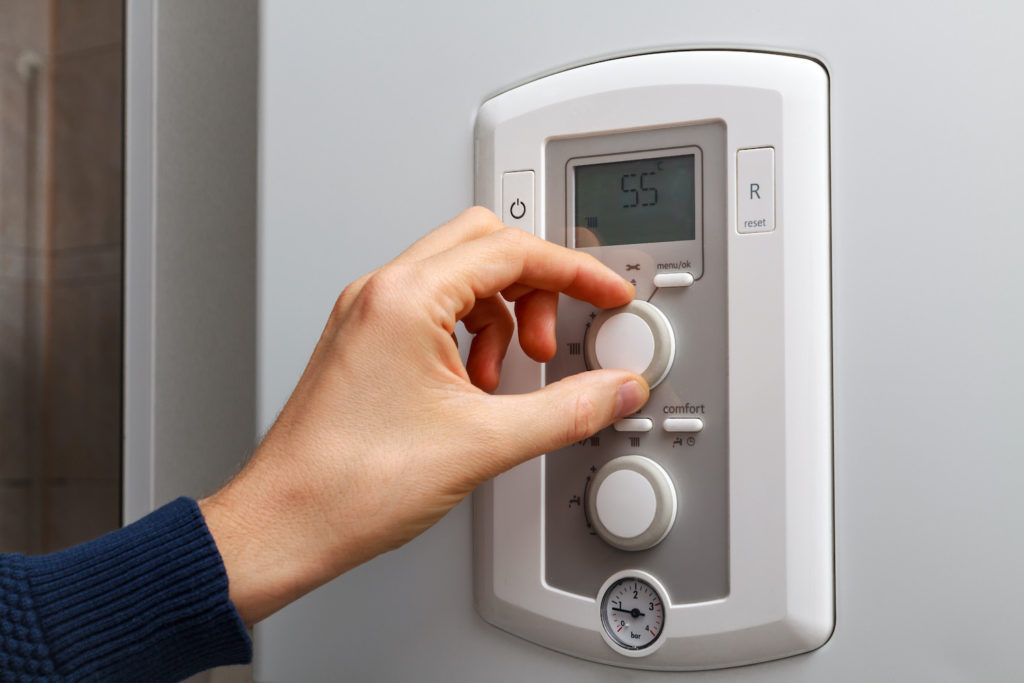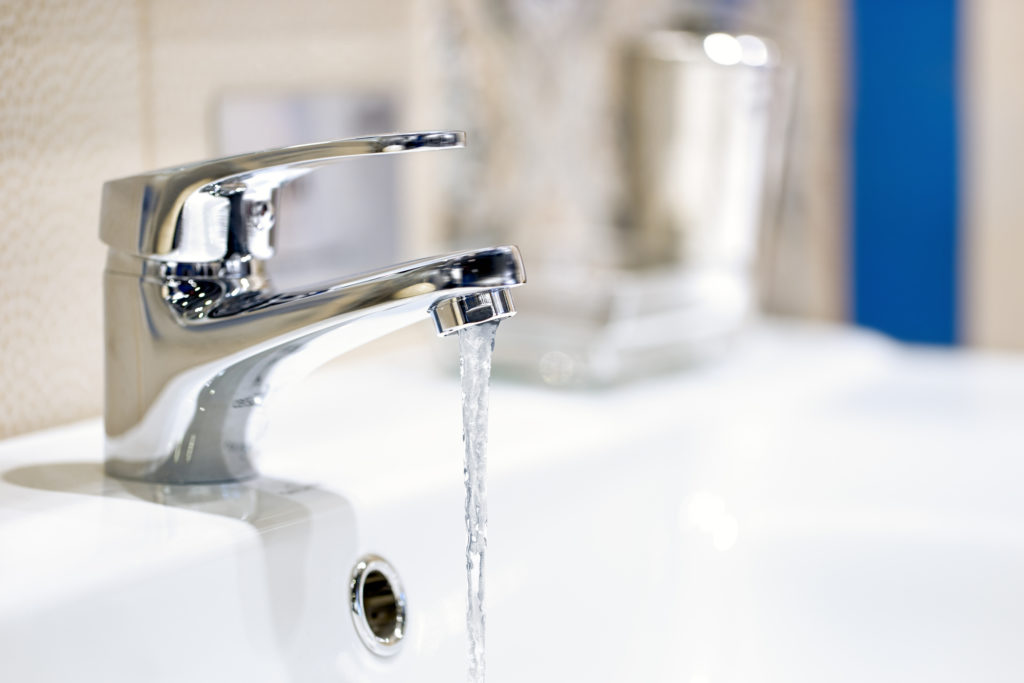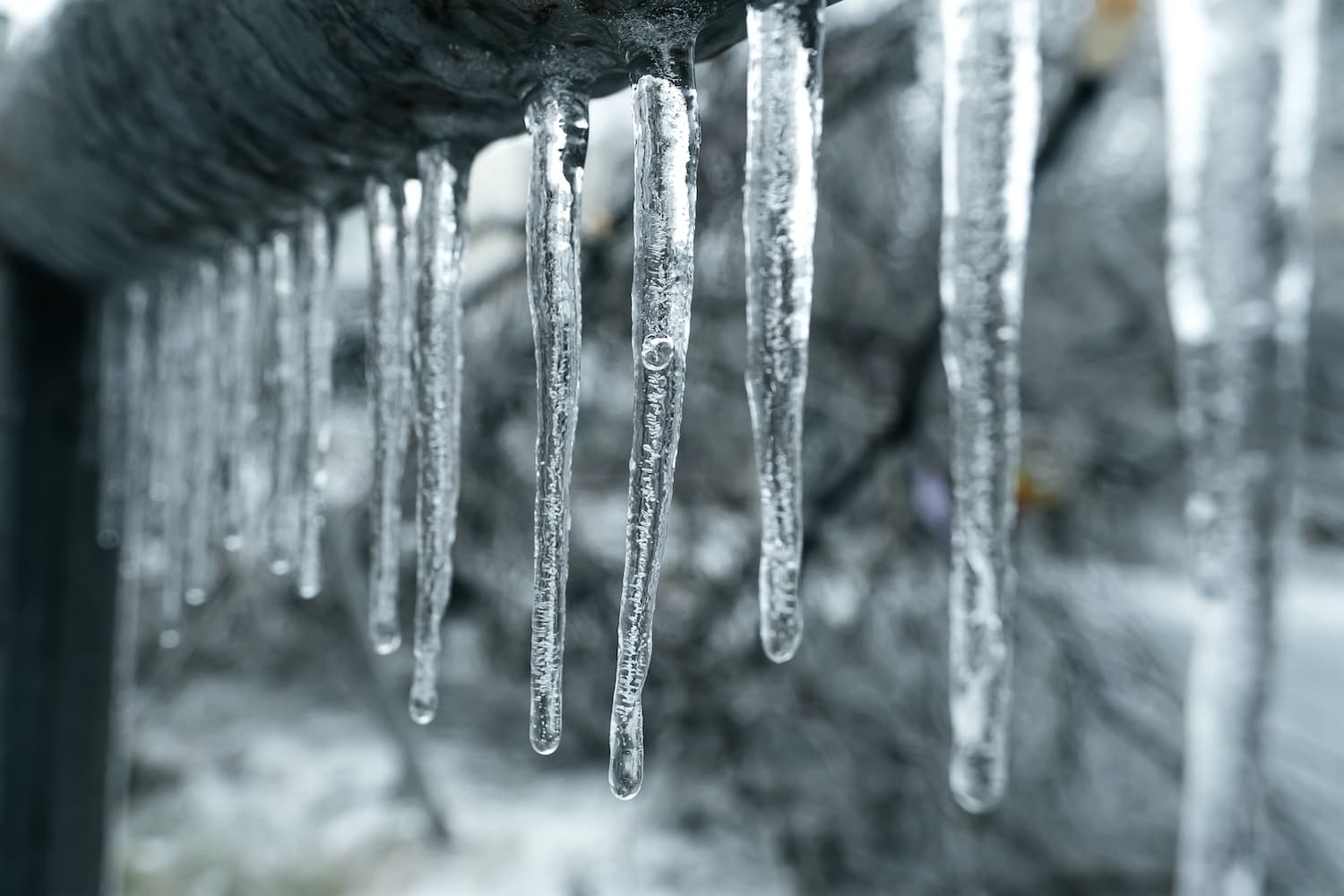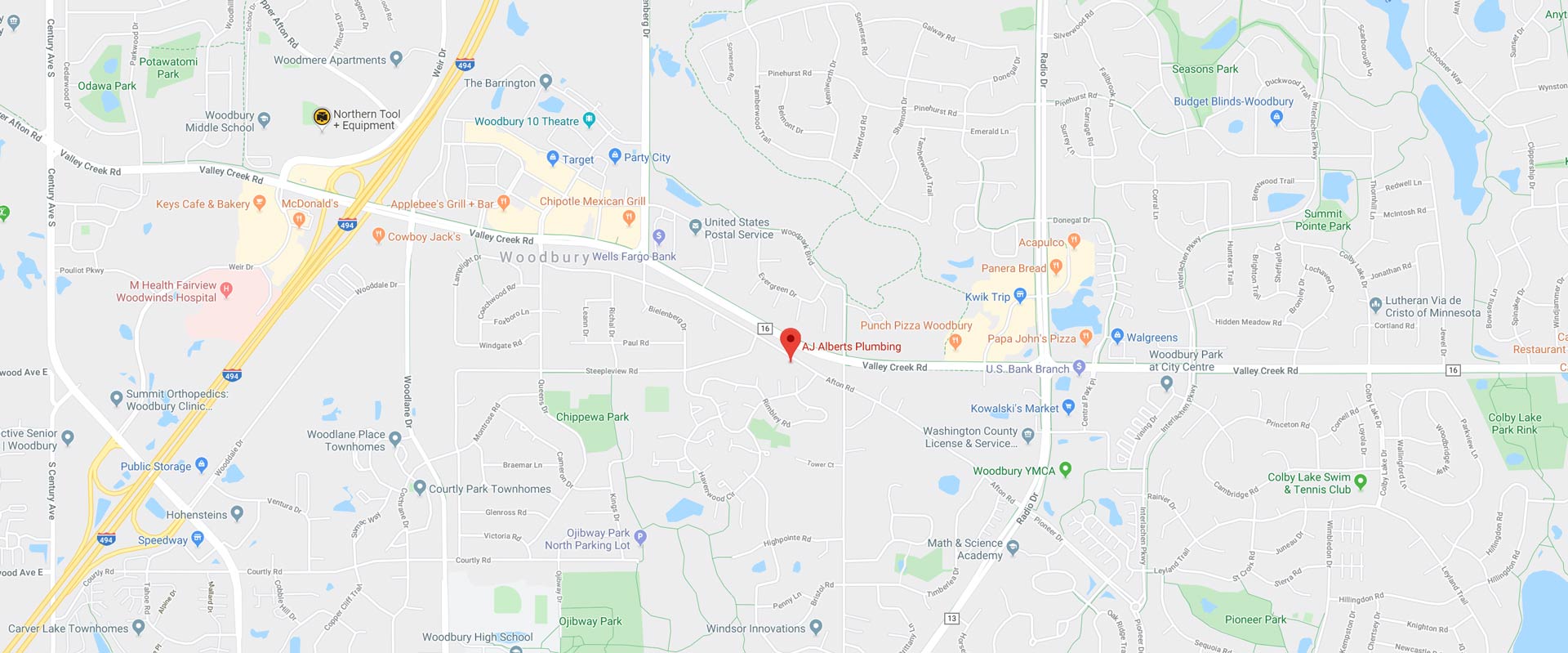When winter rolls around, we bring out the cozy blankets, drink hot chocolate, and prepare to hit the ski slopes or ice skating rinks. One of the last things homeowners want to think about is if they took the proper steps to winterize pipes.
While winterizing pipes is not exactly the funnest thing to do, it is crucial for protecting your homes plumbing. The unfortunate reality is if we don’t take the proper steps to care for our homes, then winter will find a way to sneak inside and wreak havoc. Primarily, if plumbing pipes are left neglected, they can freeze and burst, causing a huge, expensive disaster. To avoid broken and frozen pipes, follow these nine easy steps to winterize pipes at home.

Why Is Winterizing Important, and When Do You Need to Do It?
Winterizing is a process that helps stop preventable home damage like broken pipes and gas leaks that are caused by the cold winter weather. When water freezes, it expands. So if the temperature of your pipes drops below 32 degrees Fahrenheit (even briefly), your pipes could freeze and ultimately burst.
If your pipes burst, they will expel gallons and gallons of water, causing damage to your walls, floors, and ceilings. This unfortunate circumstance can completely ruin your home and cost thousands of dollars to fix.
Now before you get too worried, you don’t have to winterize your pipes unless you are planning on leaving your home for an extended period of time in the winter. If you spend winter or a portion of winter in a warmer state or if you’ll just be out of town for a few weeks, then you should take these steps to winterize pipes to avoid any potential damage.
Even a short, two-week vacation during winter allows cold temperatures to wreak havoc on your pipes. But don’t worry, we are going to break down everything you need to know to ensure this never happens to you.
Steps to Winterize Plumbing Pipes
We think it’s safe to assume that you don’t want your pipes to burst while you’re away on a winter vacation. To avoid this expensive headache, follow these nine steps to winterize your home’s pipes.
Step 1: Adjust Your Thermostat
Never turn off your thermostat when you leave home in the winter. The number one way to prevent frozen pipes is to keep your home warm enough.
If you would still like to save on your energy bills while you’re away, the lowest recommended temperature to set your thermostat to that will still keep your pipes relatively warm is 55 degrees Fahrenheit. This will keep your pipes and other systems from freezing without racking up a high energy bill.
Keep in mind, if you have a basement, it’s likely going to be much cooler than 55 degrees which is why it’s recommended to set your thermostat to at least 55.

Step 2: Shut Off the Main Water Supply
Locate your home’s main water supply line. Not sure where to look? You can typically find the main water shut off valve in one of the following places:
- On the perimeter of the house on the side facing the street
- In the basement or utility area
- Behind a plastic access panel
- In the garage
Once you locate the main water shut-off valve, turn the handle to shut off the water supply. Turning off the water eliminates unwanted pressurized water from entering your home while you’re away. If you turn off the main water valve, turn off the water pump and water heater as well. Forgetting to turn off your water heater when the main water valve is shut can cause serious damage.
While this step is usually accessible for homeowners to complete by themselves, be sure to call a professional plumber if you don’t feel comfortable finding and shutting off your main water supply.
Step 3: Open All Valves
Open all drain valves and taps throughout your home. Make a list of all taps in your home, including the bathrooms, kitchens, and outdoor faucets, and be sure to double-check that no valve is forgotten. A closed tap could create a vacuum that holds water inside the pipes, which could cause problems. Be sure to keep all valves and taps open while you’re away.

Step 4: Blow Excess Water Out
Use an air compressor to blow air through your pipes to clear out any remaining water. The air compressor will ensure that there is no water left in your pipes that has the potential to freeze while you’re gone. This is another great project for a professional plumber if you’re unsure of how to properly blow out excess water.
Step 5: Drain All Water From Hot Water Tank
Open the drain valve in your hot water tank and let it drain out until completely empty. You may need to connect a garden hose if you don’t have floor drains under your hot water tank. If you have a sink in your basement, you can drain the water from the hose into the sink.
Step 6: Flush Toilets
Flush all your toilets to remove as much water as possible from the tanks and bowls. If you can’t get all the water out, add antifreeze to inhibit water from freezing and cracking the toilet tank or bowl.
Step 7: Check Other Drain Traps
Some sinks and tub drains have drain traps. Check for the presence of drain traps throughout your home and add antifreeze to each one to prevent water from freezing and damaging the traps.

Step 8: Add a Low-Temperature Sensor
A great way to keep an eye on your pipes while you are away is to install a WiFi-connected water flow sensor on your main water line and WiFi-connected drip detectors and temperature sensors. You can hook them up to an alarm system or your smartphone to check in on your property even when you are not home.
These sensors will alert you of problems that arise while you’re away. Sometimes, you can add this service to an existing home security system.
Step 9: Inform Your Neighbors That You’ll Be Away
Lastly, tell a trusted neighbor the dates you will be gone during the winter. They can keep an eye on your home and let you know right away if they notice any damage. They can also inform you if your neighborhood will be experiencing any extreme low temperatures beyond what is normal.
The Best Way to Protect Your Home from Bursting Pipes
While you can absolutely winterize pipes by yourself, the only way to feel completely confident that everything is taken care of is to leave the job to a trusted plumber like AJ Alberts Plumbing. Our team knows how to protect homes from cold, Minnesota winters, and we will take the utmost care with your pipes.
And if you’ve experienced the worst and come home to frozen or burst pipes, we can help with that too. Reach out today for a free service request to get started with the winterizing process!



